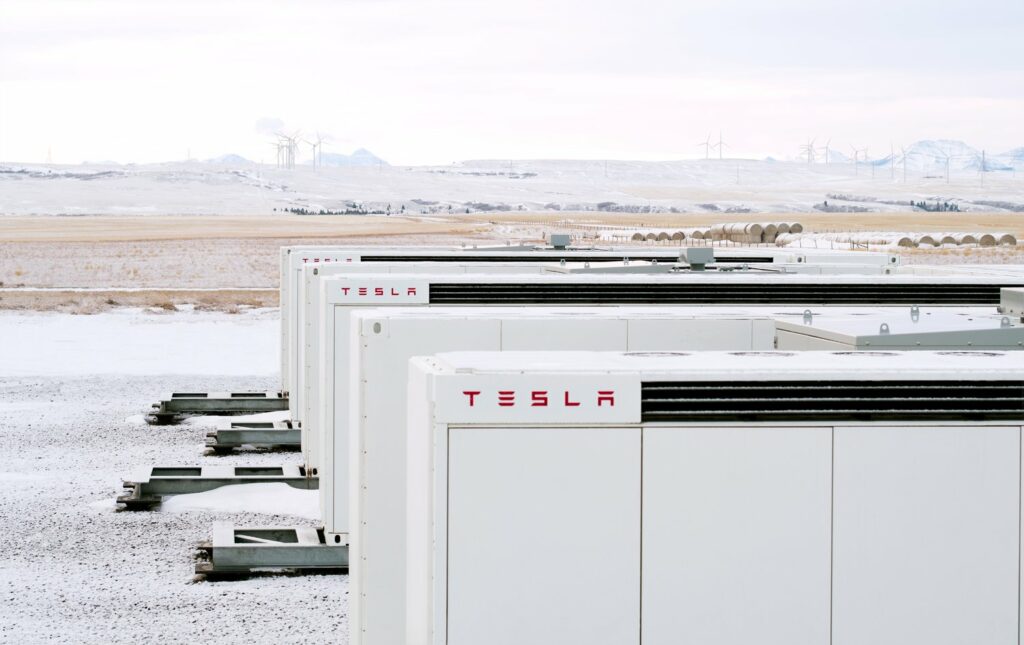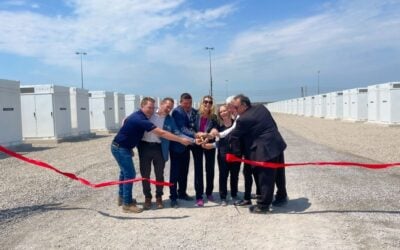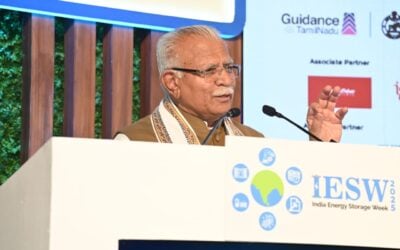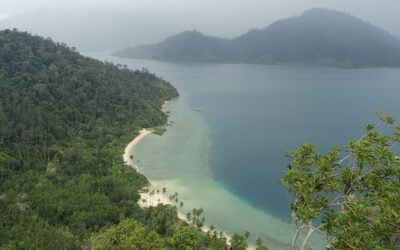
The government of Alberta, Canada, has announced that CA$25 million (US$20.1 million) in financial support has been offered for solar-plus-storage and pumped hydro energy storage as part of a CA$176 million package that will also give funding to oil and gas industry projects.
The provincial government said on Monday that the funding is designed to aid Alberta’s post-pandemic economic recovery as well as to reduce its greenhouse gas (GHG) emissions and offer other environmental sustainability benefits.
Enjoy 12 months of exclusive analysis
- Regular insight and analysis of the industry’s biggest developments
- In-depth interviews with the industry’s leading figures
- Annual digital subscription to the PV Tech Power journal
- Discounts on Solar Media’s portfolio of events, in-person and virtual
The funding is being administered through non-profit corporation Emissions Reduction Alberta (ERA): CA$126 million in stimulus cash from Alberta’s Technology Innovation and Emissions Reduction (TIER) fund, which is funded by industrial groups to compensate for the emissions their activities produce. CA$50 million is coming from the Low Carbon Economy Leadership Fund (LCELF) of the Canadian federal government.
All the projects selected have been deemed shovel-ready, including the Chappice Lake Solar-Storage project, which will pair a DC-coupled flow battery with 15MW of solar PV and the 400MW Canyon Creek closed-loop pumped hydro energy storage (PHES) project.
Chappice Lake, under development by Elemental Energy Renewables, has an expected total cost of CA$40.3 million and will receive CA$10 million from ERA. Canyon Creek is being developed by Turning Point Generation and is getting CA$15 million towards its total expected cost of CA$200 million.
Those two projects are being funded in a category of Low Carbon Energy. Other projects in the category include a hydrogen locomotive programme, a blue hydrogen hub, a zero emissions hydrogen transit project and a community diesel reduction programme. In all, the Low Carbon Energy projects will get CA$62.1 million funding.
Projects in another category, Bioindustry and Waste-to-Value, will get CA$58 million, including a carbon conversion centre and a low carbon fuel project. Meanwhile, CA$55 million support will be given to projects in the third and final category, Oil and Gas. These include a project called Sunlight Powered GHG Treatment for Oil Sands Tailing Ponds and a pilot project to reduce energy losses and increase oil drainage rates from oil sands using steam additives called surfactants.
Alberta only got its first-ever grid-scale battery energy storage system (BESS) in late 2020, when a 10MW / 20MWh Tesla Megapack BESS went online. The project, called WindCharger, charges directly from a 66MW wind farm nearby. The province’s first large-scale solar-plus-storage project was approved as being in the public interest in April last year by the regulatory Alberta Utilities Commission.
In October 2020, the region’s grid operator AESO announced that it would begin a technology pilot programme for fast frequency response services, which was described by Energy Storage Canada as a “step in the right direction,” although the trade association said at the time that significant regulatory barriers still exist to unlocking the value of batteries and other storage.






